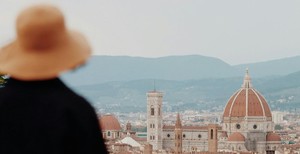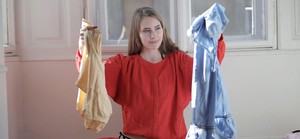- Clothes
- Bags
- Accessories
-
Inspiration
- Shoes
Are Clothes Made in Bangladesh Ethical? (Don’t Boycott Them!)

Bangladesh is often treated as the ultimate home to sweatshops. Many people think that if a garment is made in Bangladesh, it’s low-quality, bad for the environment, and made by exploited workers.
But.. how justified is that?
In this blog we’re zooming in on the garment industry in Bangladesh and if you should indeed avoid buying garments that are made there.
The reality of (un)ethical made-in-Bangladesh clothing
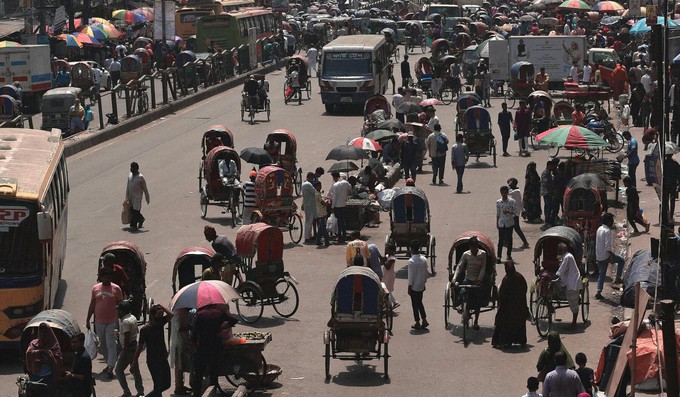
Why so many clothes are made in Bangladesh
- Fast growth – The country’s ready-made garment industry only started in the 1980s, and yet it now accounts for a whopping 84% of its exports. In fact, Bangladesh is currently one of the world's largest exporters of apparel, second only to China. Why? Since it has particularly low living costs, it’s relatively cheap for fashion brands from high-income countries to outsource their clothing production to factories in Bangladesh. This combined with a large skilled labour force and participation in international trade agreements makes Bangladesh an attractive production country in the apparel industry.
- Subcontracting – Fashion brands looking to produce at low prices within extremely short time frames create an incentive for factory owners to accept orders and then outsource part of those orders to other factories, including sweatshops. Because of this subcontracting, it becomes hard to track down where and by who exactly clothes are being made. The lack of regulation around this, especially in the past, turned subcontracting into a common practice.
The Rana Plaza disaster
In 2013, one of the deadliest disasters in the fashion industry happened when the Rana Plaza factory in Dhaka collapsed. Over 1,000 people were killed and more than 2,500 were injured while making clothes for brands like Mango, Zara, Primark, Walmart and Benetton. When The True Cost documentary about the disaster came out in 2015, for many people (including us!) it was the start of their sustainable fashion journey.
More ethical clothes production in Bangladesh after Rana Plaza
After the Rana Plaza collapse, people started to boycott clothes made in Bangladesh and thus, brands started to move away from the country. However, the spotlight on the human right issues in the country also led to positive changes. For example:
- Labour Act – Bangladesh amended its Labour Act in 2013 and a few times after that. The biggest change concerned how workers supplied by contracting agencies were to be treated as “normal” workers from the same company. However, in 2023 Shahidul Islam, president of the Bangladesh Garment and Industrial Workers Federation in the Gazipur district committee, was killed while trying to secure unpaid wages for factory workers and at least four garment workers were killed during protests around the national minimum wage between October and November 2023.
- The Accord – In 2013, several organisations, brands, and big retailers signed the Fire and Building Safety in Bangladesh accord. Now, for the sake of transparency, its website logs all the factories that have been audited. However, some major brands have never signed the accord and/or its successor.
- Sustainability – Bangladesh has the highest number of green garment factories in the whole world and the second-highest when it comes to GOTS-certified ones (using ethically sourced cotton). It’s also part of the Circular Fashion Partnership, which supports the development of the textile recycling industry to reduce fashion waste
A lot of made-in-Bangladesh clothing is still unethical, though
Some of the biggest problems plaguing the garment industry in Bangladesh are:
- A low minimum wage – This is set on an industry basis, and garment factories only have to pay a minimum wage, but that’s 3 times lower than the living wage needed to lead a decent life!
- Unsupervised subcontracting – Despite those new regulations, it’s hard to police it. No wonder there are still 4,500 sweatshops in Bangladesh… that we know of!
And what’s the reality behind the doors of the sweatshops in Bangladesh?
- Inhumane shifts – Garment workers are often forced to withstand 14 or even 16-hour shifts, sometimes 7 days a week and with no additional pay for overtime
- Low pay – The legal minimum wage is already too low. So, can you imagine what happens in illegal and unsupervised factories?
- Child labour – Sadly, that’s also still a thing
- Unsafe working conditions – Dangerous buildings without emergency exits, fire extinguishers, or proper ventilation. Chemical hazards. Noise-induced hearing loss. Lack of protection. Millions of Bangladeshi workers are paying the high human cost behind cheap fast fashion clothes!
- Exploited women workers – This accounts for the majority of garment workers in Bangladesh. They’re often hired on a temporary basis without legal benefits, dismissed without notice (especially if they get married), denied their right to maternity leave, and even abused. The film Made in Bangladesh, inspired by a true story, dives deeper into this.
Unfortunately, with over 35 million people living below the poverty line in Bangladesh, many people have no choice than to work in sweatshops.
And when garment workers do try to change their situation, it doesn’t usually end well. In 2023, 4 people were killed by the police and many were fired just for protesting.
Why you shouldn’t boycott brands and clothes just because they’re made in Bangladesh
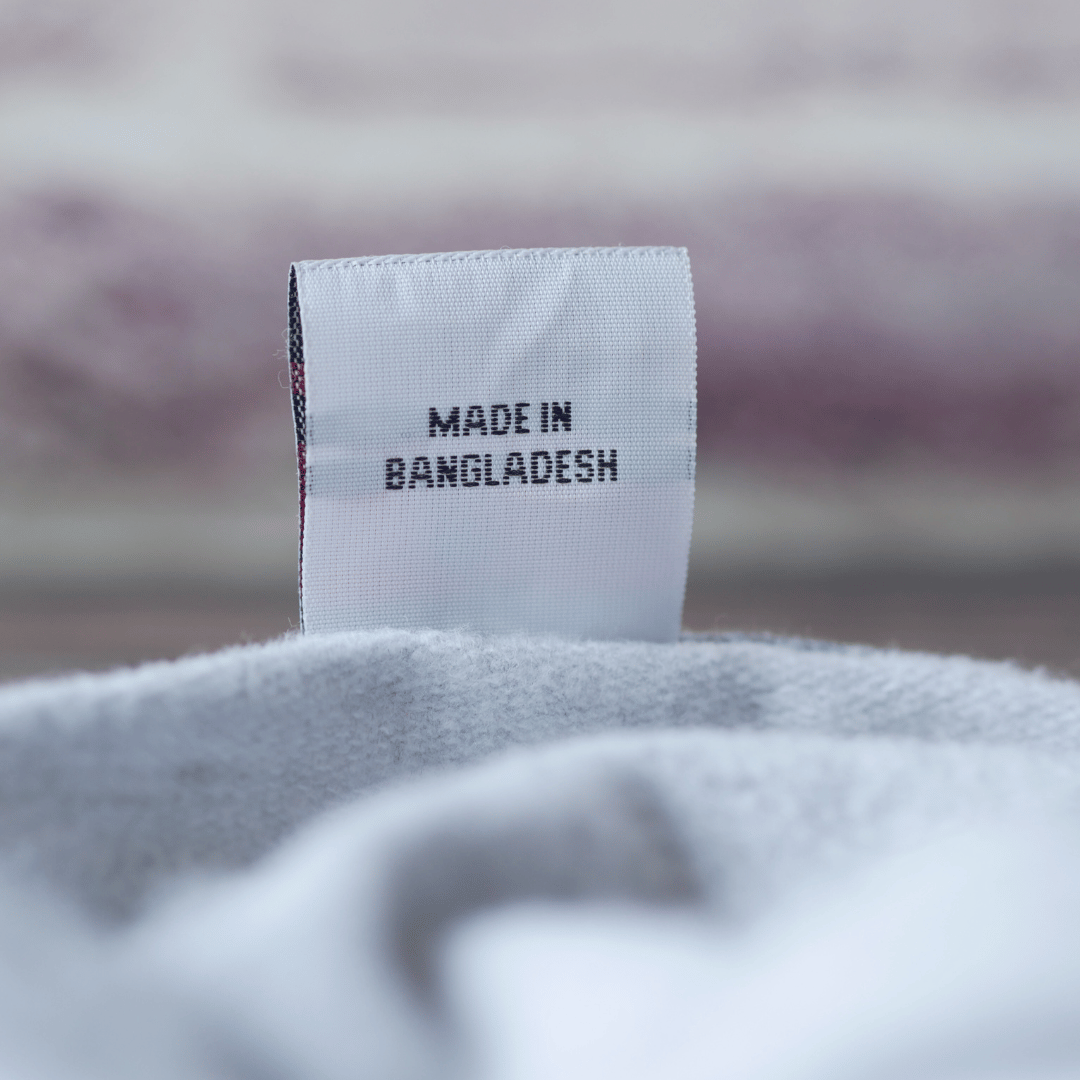
A “made in Bangladesh” tag doesn’t automatically mean that your garment is low-quality or made in a sweatshop!
Instead of boycotting, it's way more impactful to support ethical production in the country. In that way, people who previously depended on sweatshop jobs can work ethical jobs instead.
- There are plenty of ethical factories in Bangladesh that treat their workers right and make their clothes without harming the planet
- Some ethical fashion brands have to outsource their clothing production to Bangladesh or other developing countries because… they literally wouldn’t be able to stay in business otherwise (infact, sustainable brands have much higher costs than fast fashion companies)!
- Some of these factories help their workers (especially women) get out of poverty. So, by supporting brands that rely on them, you’re making a positive impact on their lives, too
But of course, you don’t want to run the risk of supporting sweatshops in Bangladesh. So, here are some tips.
How to support ethical made-in-Bangladesh clothes
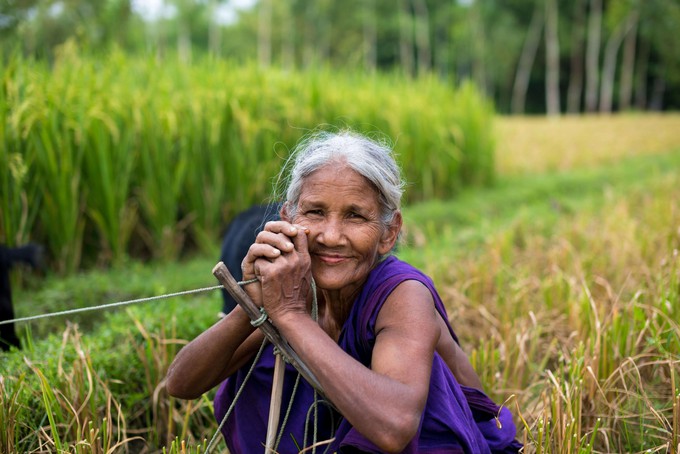
- Choose slow fashion brands – This already means that, unlike fast fashion brands that rely on overproduction, they won’t put unreasonable time pressure on those factories in Bangladesh (= less likely to subcontract illegally)
- Look for transparency, especially on their websites – Ok, this brand makes their clothes in Bangladesh, but are they talking about their supply factory? Who makes those clothes? Does this brand rely on direct trade, and if not, do they check their factories regularly or partner with someone who does?
- Can they prove it? – Fast fashion brands often rely on greenwashing to make you think they’re ethical and sustainable. So, for extra peace of mind, see if they have any certificates, like Fair Trade International, Fair Wear Foundation, and SA8000
- Start right here on Project Cece – We know it’s difficult to look into all this for different online stores. So, we brought hundreds of fair trade brands in one place and included filters to simplify your choices
As you now know, sweatshops are still a problem, but there are plenty of ethical clothes made in Bangladesh. So, don’t boycott them: look beyond that label.
Share our story
Related articles
Does “Made in Italy” Mean High Quality & Sustainable?
Surely, if a garment was “made in Italy”, it was produced ethically? Not necessarily. In fact… it might have not been MADE in Italy to begin with!
How to Buy Sustainable Clothes: 6 Questions Before a Purchase
It goes beyond finding eco-friendly garments! Here’s how to buy sustainable clothing through 6 questions, from mindset to your wardrobe and how you use it.
Why the Fashion Revolution Still Matters Years After Rana Plaza
The Fashion Revolution movement started after this 2013 disaster: has this industry really changed when it comes to worker rights and environmental problems?
Project Cece is a platform that collects ethical fashion from vetted brands and shops in one place. Browse ethical fashion for women and men and find items that fit your style, budget and values!
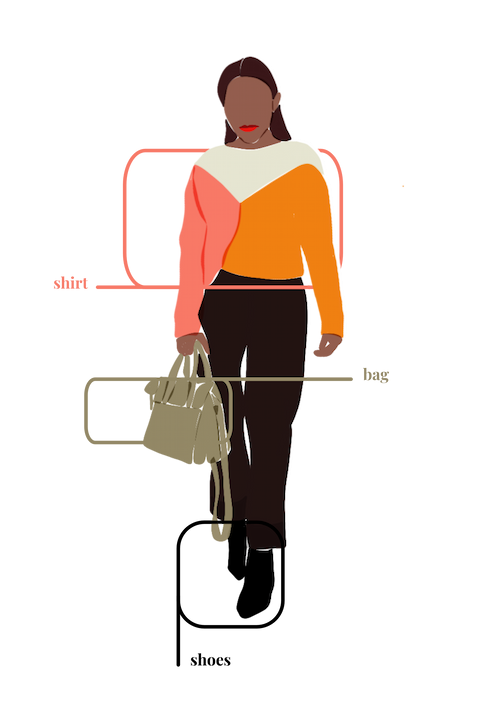
_large.png)
